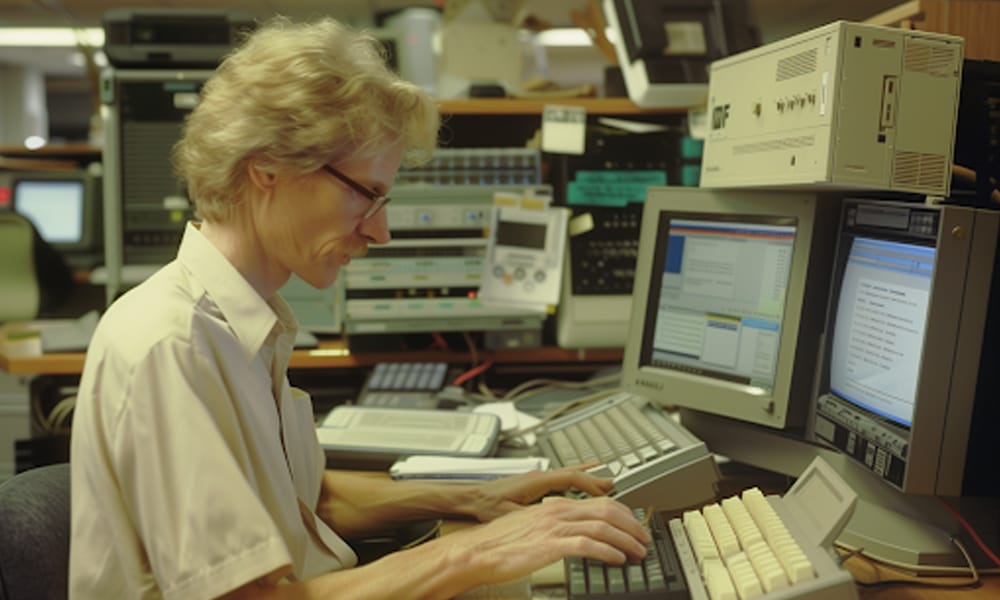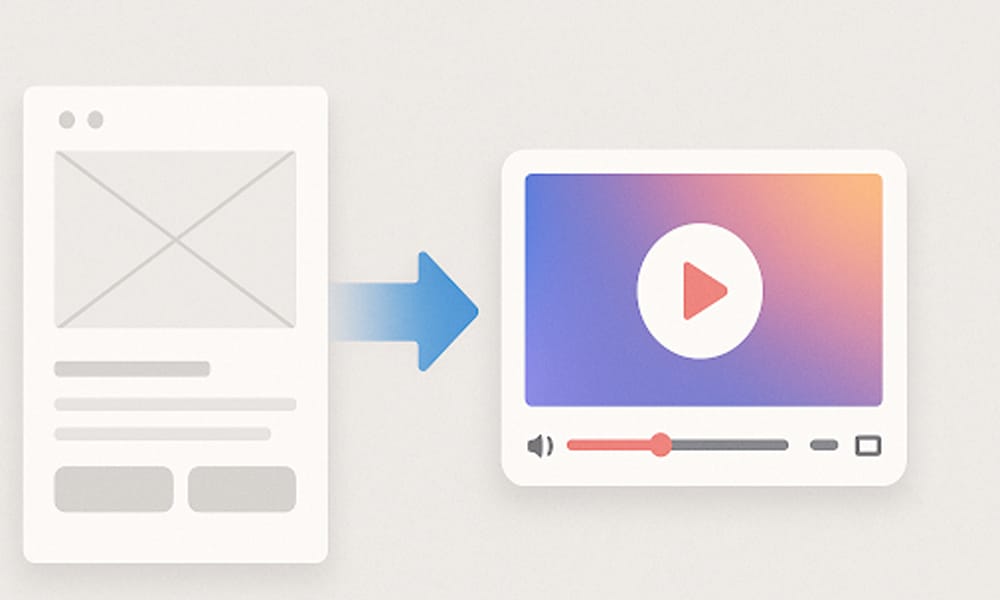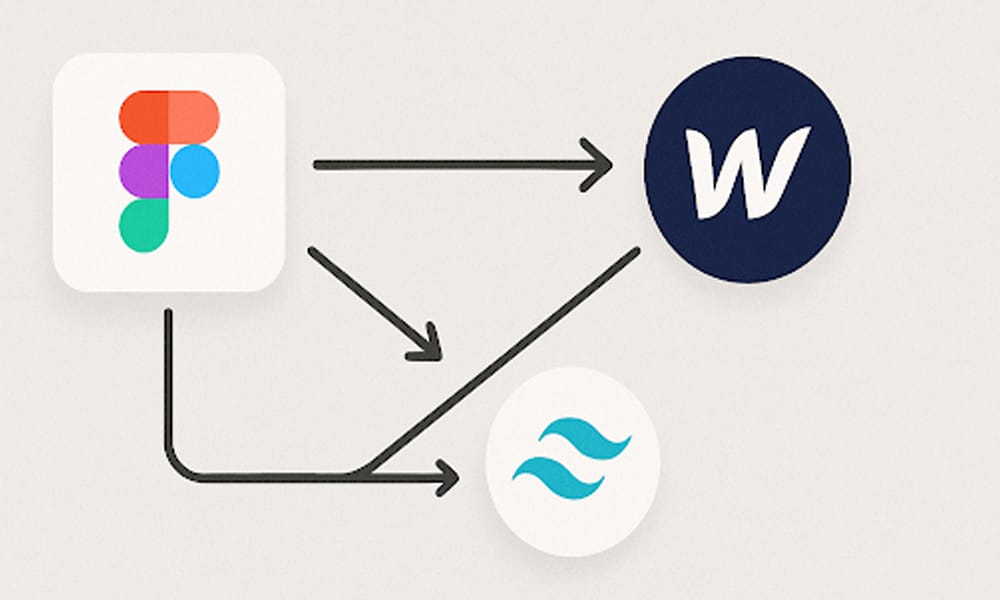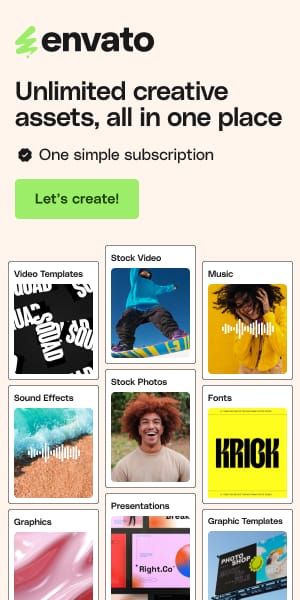Design Smarter, Not Harder: Using AI and Open Tools to Automate Front-End Creativity
You have probably thought, “There must be a better way,” if you have ever sat in front of your screen adjusting pixel margins or rewriting the same line of CSS for the hundredth time. You’re not by yourself. In a time when creativity and efficiency are frequently seen as mutually exclusive, a new class of tools is demonstrating that you don’t have to choose between the two – greetings from the automated front-end creative era.
Front-end design now focuses on what you can combine rather than just what you can code. The actual value lies in leveraging tools that automate laborious tasks, allowing you to focus on the enjoyable aspects of your work, whether you’re a developer creating user interface systems for enterprise apps or a freelance web designer managing multiple projects.
This article explores how open-source innovation, automation, and artificial intelligence are subtly changing the workflow of designers and why astute designers are letting go of tedious tasks to focus on what counts: creativity.
The “Pure” Coder-Designer Myth

The single genius who created each user interface element by hand and styled each component with artisanal care was exalted by the design community for years. The reality is that most real-world projects don’t justify that kind of time commitment.
Customers demand quick turnarounds. Products change quickly. Systems of design must be scalable. Burnout also increases with expectations. The most intelligent designers aren’t those who start from scratch; instead, they’re those who create stunning, useful things faster without constantly coming up with new ideas.
From Mockup to Motion: The Emergence of AI-Powered Innovation

A few years ago, it would have taken hours in After Effects, a voice actor, and a respectable animation budget to transform a script or concept into a product explainer video. Today? In less than ten minutes, you can use a browser-based tool to create a fully edited video with narration, transitions, and images based on a paragraph.
The emergence of text to video AI has made it unnecessary for large production teams or sophisticated editors to tell stories in design. Without having to learn motion graphics, these tools enable designers to quickly prototype content ideas, present ideas to clients, or add captivating media to landing pages.
These tools can significantly speed up ideation and iteration, even if you don’t use them for final deliverables. An interactive demo is created from a static wireframe. A dynamic video is made from a few lines of text. Additionally, your creative process becomes much more enjoyable, quicker, and more fluid.
Scratching the Inspirational Surface

Design involves more than just execution; it also requires investigation. However, it can be messy and time-consuming to try to reverse-engineer someone’s code or browse through countless inspiration galleries. Let’s introduce automation, a less glitzy but mighty friend.
Web scraping libraries can even simplify tasks like scraping data tables or UI patterns. You can automate the process of gathering code snippets, visual patterns, or even real-time pricing layouts from rival websites rather than bookmarking thirty websites or taking screenshots of every cool dashboard you come across.
Are you curious about how the top SaaS websites organize their pricing tables? Create a scraper that gathers layout patterns and table styles from popular domains. Are you curious about how button hierarchy and color contrast are used on top e-commerce sites? Gather those design resources and perform a batch analysis.
In addition to saving time, this type of design automation provides you with data-driven insights that transform your work from intuitive to strategic.
Open Design Ecosystems’ Power
The emergence of open design ecosystems is one of the most fascinating developments in front-end creativity. Designers are no longer required to work alone. A tidal wave of resources created by designers, for designers, is currently underway, ranging from shared UI libraries to Figma community templates and GitHub-based design systems.
Do you need a slick onboarding user interface? Someone most likely open-sourced it. Are you looking for code-ready navbars or icon packs? Hundreds of free resources can be found with a quick search. However, the true magic occurs when automation is added to these tools.
Consider using client-specific information extracted from a CMS to automatically fill out a design system template, or implement a system that updates your entire UI library in sync when you add a new font. Thanks to tools like Webflow-style automation suites, Tailwind UI generators, and Figma plugins, these aren’t futuristic concepts; they’re happening right now. Automation and design systems combine to provide velocity in addition to consistency.
Branding in a Browser: Digital Flow Meets Modern Print
Even though screens dominate our design lives, tactile, printed materials have a place, particularly in branding. Packaging stickers, thank-you notes, and business cards are still important. What’s the difference? Designers no longer need to launch InDesign to produce them.
And without a stylish print business card, which can now be printed directly from your browser, no brand kit is complete. Designers can create stunning, print-ready cards in a matter of minutes with online editors that incorporate brand colors, logos, and fonts. A branding deliverable that feels polished and high-end without the hours of tedious layout work is what you get when you combine that with export-ready mockups.
Better still? These are cooperative tools. Without ever exchanging files, you can create a few options, show them to your client, and obtain approvals. Everyone wins.
Practical Uses: One Week, One Designer, One Release
Consider a real-world situation where a lone designer has a week to create the entire front end for a startup launch.
- Days 1–2: They sketch UI flows using a Tailwind component library and color scheme generator. Day 3: Create video intros with text-to-video AI and create hero section copy using an AI writer.
- Days 4–5: Use online editors to create a simple print business card and social media pack.
- Day 6: Implement a pricing page layout based on web scraping leading SaaS websites.
- Day 7: Without using Adobe Suite or manually creating a single animation frame, launch the MVP website, pitch deck, and branding kit.
The Bottom Line: Quit Keeping Creativity Inside
Designers are frequently under pressure to complete everything by hand to demonstrate their value through intricacy. Your job isn’t to do everything, though. It is your responsibility to solve problems beautifully and efficiently. Simply put, the tools we’ve looked at – from browser-based editors to AI video generators and scrapers – are extensions of your creative mind.
Take a deep breath if you’ve ever felt behind because you’re not animating every frame or hand-coding every pixel. Not because they are working harder, but because they are working smarter, today’s most brilliant creators are producing work more quickly, lightly, and impactfully.







